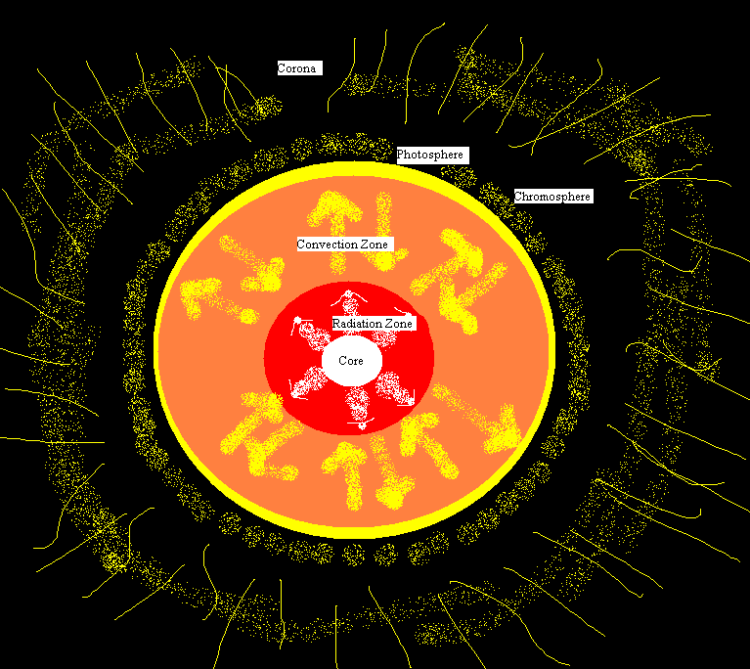
Neutrinos may be small, but they are opening up huge areas of research in physics and astronomy, giving us new tools to explore both the vast universe and the intricate details of subatomic particles. They are fundamental to our universe, challenging our understanding of physics. Here are 15 freaky facts about neutrinos you surely did not know about.
Neutrinos are ghostly particles
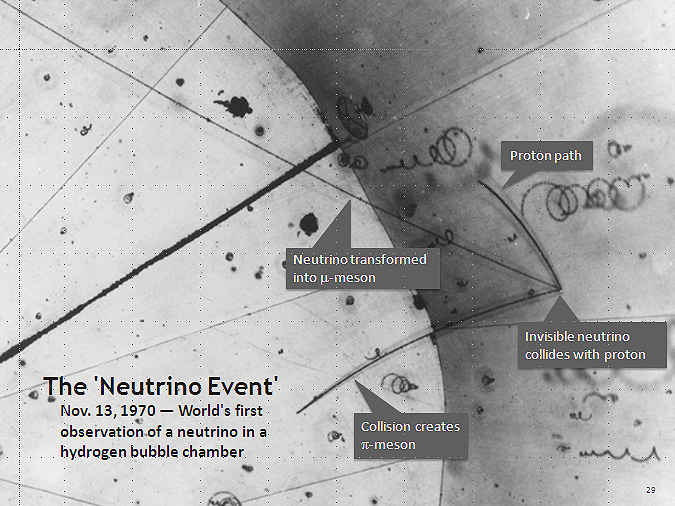
Neutrinos are super tiny particles that are almost massless and chargeless. Being so tiny, neutrinos behave as if they were imperceptible to anything, walls, mountains, even planets! Picture throwing a baseball and watching it zoom in any direction. That is what neutrinos are doing. More fascinatingly, billions of them fly through you right now, but you cannot feel anything!
Born from the sun and beyond
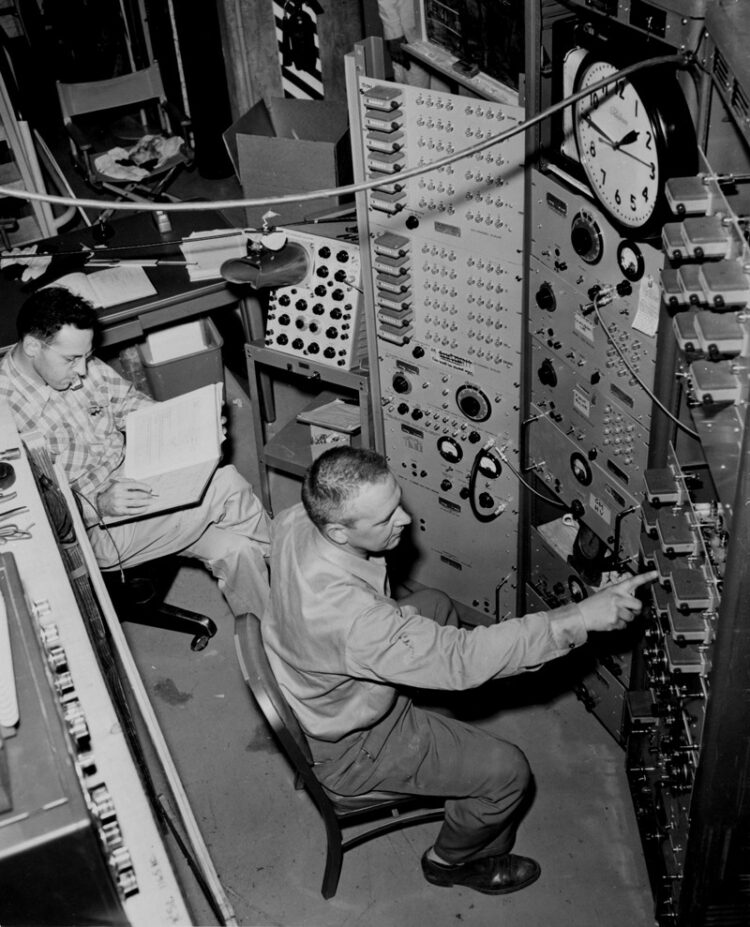
Neutrinos are born in the cores of stars, including our sun, when nuclear reactions occur. They also come from supernovas, the explosions of dying stars, and nuclear reactions taking place on Earth, like in nuclear reactors. So, they are pretty much cosmic travelers, coming to visit us from various parts of the universe. The next time you sunbathe, know that you are not just soaking up rays but also getting a dose of neutrinos!
Neutrinos have an identity crisis

Neutrinos are real shapeshifters. Specifically, there are three types of neutrinos: electron neutrinos, muon neutrinos, and tau neutrinos. It turns out that they can turn into each other as they move through space. This behavior is referred to as neutrino oscillation, and it provides valuable insight into why they have mass and how they might fit into the larger universe puzzle.
Detecting the undetectable
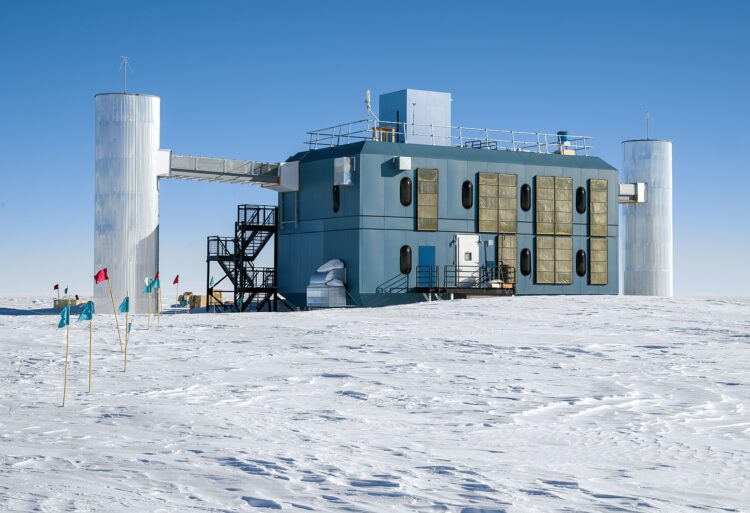
Neutrinos do not interact with matter, which makes detecting them a huge challenge. Researchers have gone to some pretty extreme lengths to catch these sneaky particles. They construct enormous detectors several kilometers deep in the ground or under the ice to protect them from other particles and cosmic rays. One of the most well-known neutrino detectors, the IceCube Neutrino Observatory, sits under the Antarctic ice.
A Nobel Prize discovery

This is how significant the behavior of neutrinos is in physics – it won a Nobel Prize. In 2015, two scholars, Takaaki Kajita in Japan and Arthur B. McDonald in Canada, received a Nobel Prize in Physics for finding the mass of neutrinos. This revelation altered the outlook on the Standard Model of particle physics, adding a whole new layer of depth to our understanding of the universe.
They’re super speedy
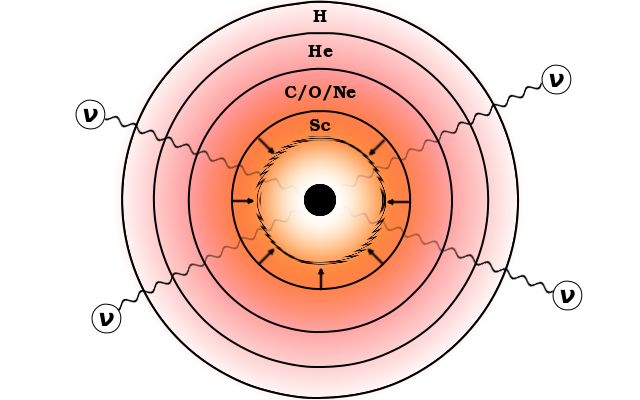
Neutrinos are some of the fastest particles in the universe. They can go almost near the speed of light since they have so little mass and interact so little with other matter. When supernova 1987A exploded, its neutrinos made it to Earth a good few hours before the light from the explosion did because the light was slowed down by interacting with other matter.
A tool for spying on the sun’s core

Neutrinos are the kind of messengers from the sun’s core. They escape it almost immediately after being produced in nuclear reactions because they interact so weakly with matter. By studying these neutrinos, scientists can know what is going on in the sun’s core. Therefore, think of solar neutrinos as a direct line to the most hidden parts of the sun!
Big numbers, tiny impact
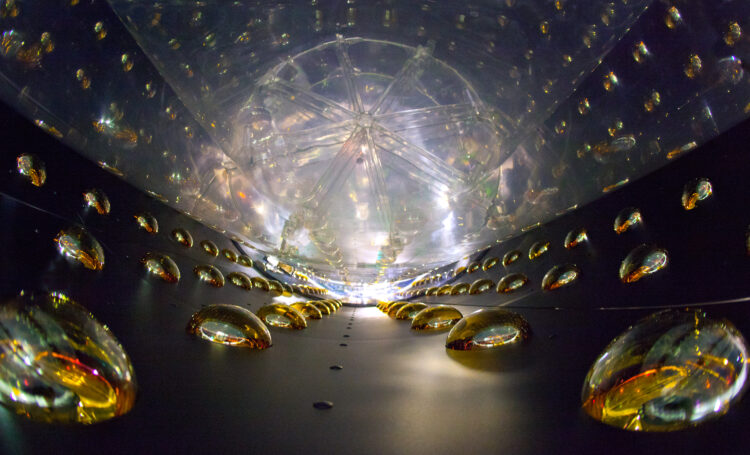
The massive number of neutrinos running through the cosmos every single second is just huge. To give you a number, about trillions of neutrinos pass through every square inch of the Earth every second. But even then, due to the small probability of interacting with them, none of us can notice their presence.
Neutrinos from our planet

Not every neutrino comes from the sun or the stars. Neutrinos are also produced on Earth, and they are called geoneutrinos. The Earth’s mantle and crust generate these particles due to radioactive decay. Scientists can study and determine the composition and processes occurring deep inside our planet by detecting geoneutrinos.
The hunt for sterile neutrinos
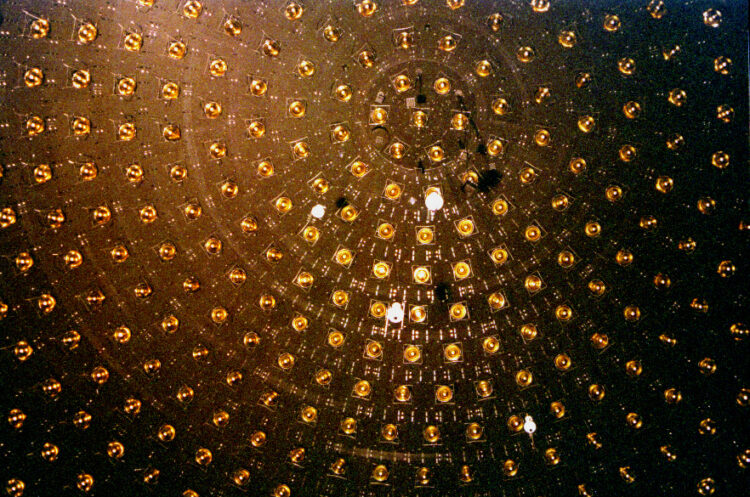
It is believed by scientists that, perhaps, there is a fourth type of neutrino, sterile neutrino, which interacts even less with matter or maybe does not interact at all. This type would not even interact through weak nuclear force but only through gravity. Researchers are actively searching for signs of sterile neutrinos because they could help explain some big mysteries in physics, like the behavior of neutrinos themselves and even dark matter.
Neutrinos in disaster warning

Even if it sounds incredible, one day, neutrinos may be used to predict natural disasters, such as volcanic eruptions. Due to the fact that neutrinos easily penetrate through Earth, we can install detectors that would record disruptions in geoneutrino activity, thus indicating changes in our planet’s interior. This is still a bit futuristic, but it’s a thrilling possibility.
Time travelers from the early universe

Neutrinos are practically equal to cosmic time containers. The universe formed billions of neutrinos just seconds after the Big Bang. Today, primordial neutrinos continue to circulate in the universe, nearly unchanged. We would have direct insight into the universe’s earliest moments if we could detect these background neutrinos.
Helping solve the antimatter mystery
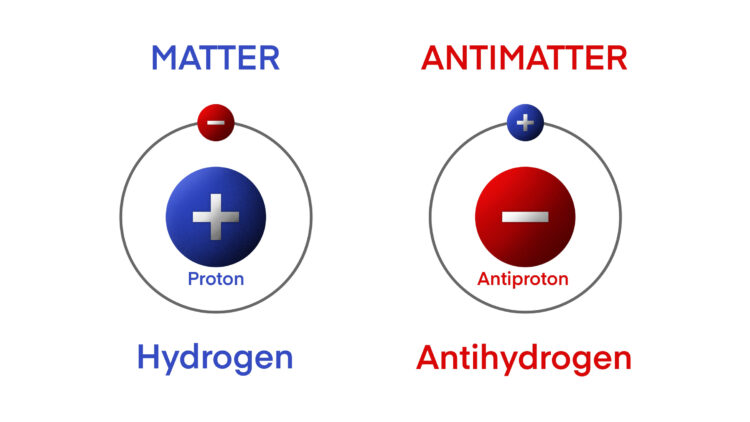
Neutrinos could be key to figuring out why there is more matter than antimatter in the universe. Neutrinos exist alongside their antiparticles, called antineutrinos, and slight differences in how neutrinos and antineutrinos behave might help us understand why matter came to dominate during the Big Bang. It could even explain why anything exists at all!
Neutrinos and the hunt for dark matter

While neutrinos themselves are not dark matter, their properties could give us some serious clues about what dark matter could be. That is because neutrinos are so light and do not interact with matter much. They share some traits with dark matter. So, exploring neutrinos could actually help physicists create better theories about dark matter and perhaps even lead to a discovery.
Interstellar messengers

Finally, our favorite. Neutrinos could be used to communicate across astronomical distances. Because neutrinos can travel through planets and stars without being absorbed or even scattered, if we encode messages neutrino beams, they could theoretically be sent through space. Imagine sending a message directly through the sun or other celestial bodies without any interference!

Comments
Loading…